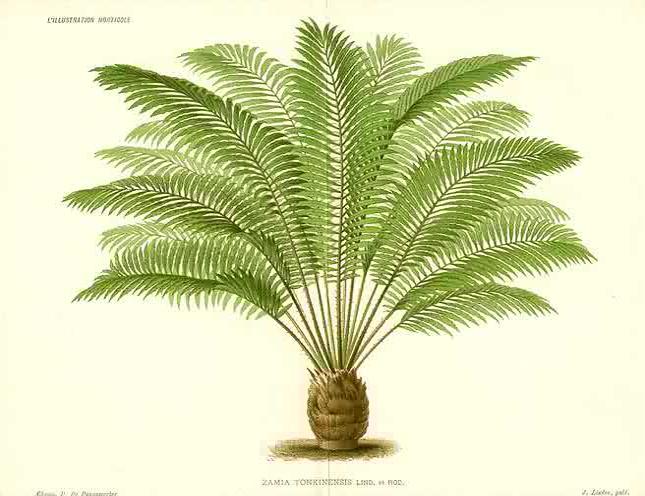Hello fellow bloggers! The Science Gurus here! Today, we will be talking about plants. The topics we will be talking about were actually our 4th quarter CEOs for our Science class. Well here are the topics we reported on! Starting with the two mischievous guys...
Heyy! What's up bloggers? So we will start today's plant diversity with division Pteridophyta. We reported on this topic together. The Division Pteridophyta, also known as the ferns, is a group made of vascular plants. You know, plants that can deliver water and nutrients to their leaves and parts. One whole leaf is called a frond. The little leaflets on them are called pinnae. It doesn't produce seeds but spores. Their spores are called sori (plural). The sori help ferns make new fern colonies. Some people are allergic to spores. That's why be careful, you might get a sorEYE. AHEHE. Sorry, just a little joke :D This topic was kind of hard to research on since information on it is only a little. Anyways, here is a picture of the fern, Nephrolepis exaltata. It is good for ornamental use:
- Fernando and John
- Ryuu
The last we'll be talking about is my topic, Division Cycadophyta. Cycadophyta is a division composed of widely distributed Old World evergreen tropical trees having pinnate leaves and columnar stems covered with persistent bases of old leaves. They are dioecious plants that are only grown in the subtropical and tropical parts of the world, and they only have one subgroup: Class Cycadopsida. This topic was kind of hard to research on since cycads have hard information to find on the net. Here is an example of a cycad:


- Hotaru
Picture References:
1) http://www.cryleaf.com/fs/images/ferns.11.jpg
2) http://www.pinoy-entrepreneur.com/wp-content/uploads/2006/09/orchid.jpg
3) http://zonedenial.com/Zamia.jp
HOPE YOU LIKED TODAY'S TALK ON PLANTS. SEE YOU NEXT TIME! :)
Picture References:
1) http://www.cryleaf.com/fs/images/ferns.11.jpg
2) http://www.pinoy-entrepreneur.com/wp-content/uploads/2006/09/orchid.jpg
3) http://zonedenial.com/Zamia.jp







